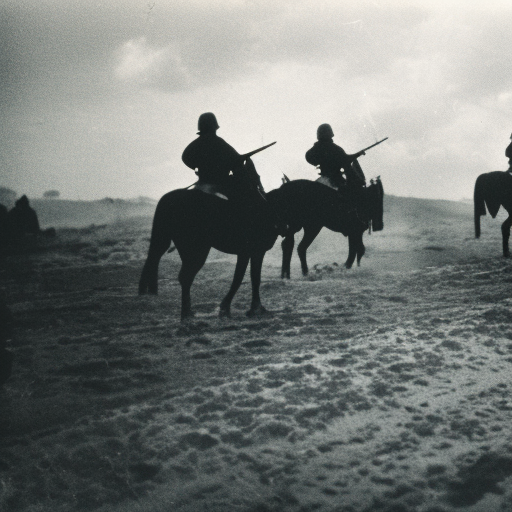Battle of Tunmen: A Clash between Ming China and the Portuguese
The Battle of Tunmen, also known as the Battle of Tamao or the Battle of Tamão, took place on May 24, 1521, near the island of Tunmen (Tamao) in the South China Sea. It was a significant naval clash between the Ming Dynasty of China and the Portuguese Empire. The battle marked a turning point in the relationship between China and the European powers, as it demonstrated the Ming Dynasty’s determination to protect its sovereignty and resist foreign influence.
The Background:
During the early 16th century, European powers, including Portugal, began to expand their influence in Asia through maritime exploration and trade. The Portuguese, led by their ambitious navigator and explorer, Ferdinand Magellan, sought to establish a foothold in China to gain access to its lucrative trade routes. In 1513, they successfully established a trading post in Malacca, which became a crucial hub for their activities in the region.
The Portuguese Incursion:
In 1521, a Portuguese fleet under the command of Simão de Andrade arrived at the island of Tunmen, located off the coast of Guangdong province in southern China. Andrade sought to establish a permanent Portuguese presence in China by securing a trade agreement with the local authorities. However, the Ming Dynasty, under the rule of Emperor Zhengde, was wary of foreign encroachment and had strict regulations regarding maritime trade.
The Battle:
When Andrade’s fleet arrived at Tunmen, they were met with resistance from the Chinese forces. The Ming navy, led by the admiral Wang Hong, confronted the Portuguese ships and engaged them in a fierce battle. The Chinese forces utilized their superior numbers and firepower to their advantage, employing cannons and fire ships to attack the Portuguese vessels. Despite the Portuguese having more advanced naval technology, including better cannons and ships, they were outnumbered and outmaneuvered by the Ming navy.
The Outcome:
The Battle of Tunmen resulted in a decisive victory for the Ming Dynasty. The Portuguese fleet suffered heavy losses, with several ships sunk or captured, including Andrade’s flagship. Andrade himself was captured and executed by the Chinese authorities. The Ming Dynasty’s victory demonstrated their military strength and determination to protect their sovereignty from foreign powers.
The Significance:
The Battle of Tunmen had significant implications for the relationship between China and the European powers. It marked a turning point in China’s attitude towards foreign trade and influence. The Ming Dynasty became increasingly suspicious of European intentions and adopted a more isolationist policy, restricting foreign trade and limiting contact with the outside world.
The Legacy:
The Battle of Tunmen was a precursor to future conflicts between China and the European powers. It set the stage for the later clashes between the Ming Dynasty and the Portuguese, as well as other European powers, such as the Dutch and the British. These conflicts would shape China’s perception of the West and contribute to the eventual decline of the Ming Dynasty.
In conclusion, the Battle of Tunmen was a significant naval clash between the Ming Dynasty of China and the Portuguese Empire. It demonstrated the Ming Dynasty’s determination to protect its sovereignty and resist foreign influence. The battle resulted in a decisive victory for the Ming Dynasty, leading to a more isolationist policy towards foreign powers. The Battle of Tunmen set the stage for future conflicts between China and the European powers and contributed to the decline of the Ming Dynasty.












